Growing Awareness of Indoor Air Quality
The Hygroscopic Building Material Market is witnessing a heightened awareness regarding indoor air quality, which is influencing material selection in construction. Hygroscopic materials are recognized for their ability to regulate humidity levels, thereby contributing to healthier indoor environments. As consumers become more informed about the impact of building materials on health, there is a growing preference for materials that can mitigate issues such as mold and allergens. This trend is particularly relevant in residential and commercial buildings, where occupants prioritize comfort and well-being. The increasing focus on indoor air quality is expected to propel the demand for hygroscopic materials, as they offer practical solutions to enhance living and working conditions.
Regulatory Support for Energy Efficiency
The Hygroscopic Building Material Market is benefiting from an increasingly supportive regulatory environment aimed at promoting energy efficiency in construction. Governments are implementing stringent building codes and standards that encourage the use of materials with high thermal performance and moisture management capabilities. These regulations often mandate the incorporation of hygroscopic materials in new constructions and renovations, thereby driving demand. For instance, energy efficiency programs and incentives are being introduced to encourage builders to adopt sustainable practices. This regulatory push is likely to enhance the market for hygroscopic materials, as compliance with these standards becomes essential for construction projects.
Increased Demand for Sustainable Construction
The Hygroscopic Building Material Market is experiencing a notable surge in demand driven by the growing emphasis on sustainable construction practices. As environmental concerns escalate, builders and architects are increasingly opting for materials that not only reduce carbon footprints but also enhance energy efficiency. For instance, hygroscopic materials, which can absorb and release moisture, contribute to improved indoor air quality and thermal comfort. According to recent data, the market for sustainable building materials is projected to grow at a compound annual growth rate of approximately 10% over the next five years. This trend indicates a robust shift towards eco-friendly solutions, positioning hygroscopic materials as a vital component in modern construction.
Technological Innovations in Material Science
Technological advancements are playing a pivotal role in shaping the Hygroscopic Building Material Market. Innovations in material science have led to the development of advanced hygroscopic materials that exhibit superior moisture management properties. These materials are engineered to optimize performance, durability, and sustainability. For example, the integration of nanotechnology in the production of hygroscopic materials has enhanced their moisture absorption capabilities, making them more effective in various climatic conditions. The market is witnessing a growing interest in smart building technologies, which utilize hygroscopic materials to regulate indoor humidity levels automatically. This technological evolution is expected to drive market growth, as builders seek to incorporate cutting-edge solutions into their projects.
Rising Construction Activities in Emerging Markets
The Hygroscopic Building Material Market is poised for growth due to the rising construction activities in emerging markets. As urbanization accelerates in various regions, there is a corresponding increase in the demand for innovative building materials that can address local climatic challenges. Hygroscopic materials, with their unique moisture management properties, are particularly well-suited for regions experiencing high humidity or variable weather conditions. The construction sector in these markets is projected to expand significantly, with investments in infrastructure and housing. This trend presents a substantial opportunity for hygroscopic materials, as builders seek to incorporate solutions that enhance durability and sustainability in their projects.


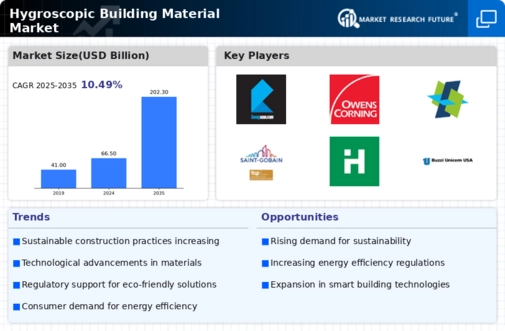
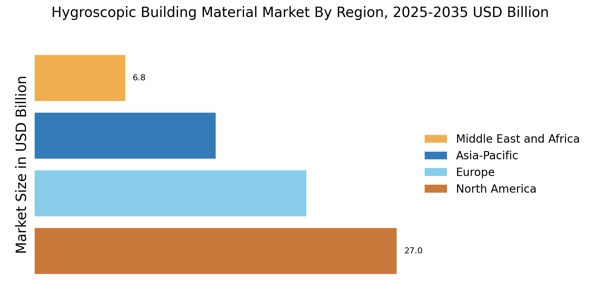

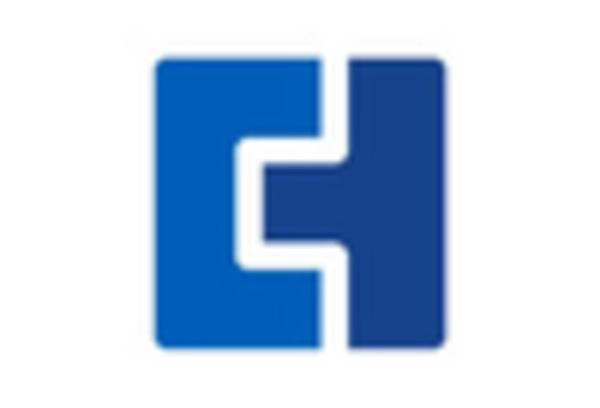
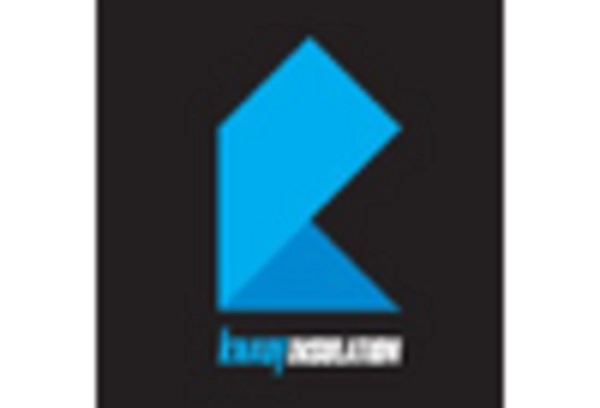
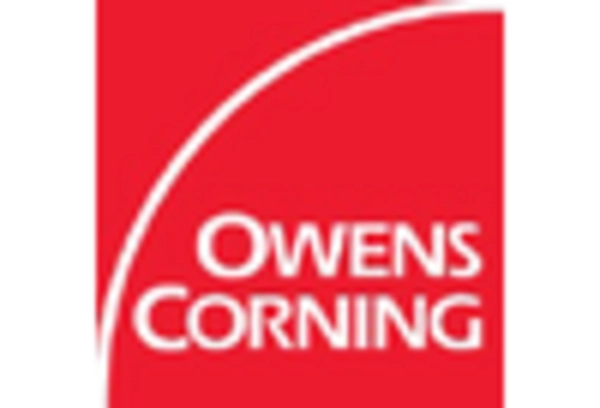
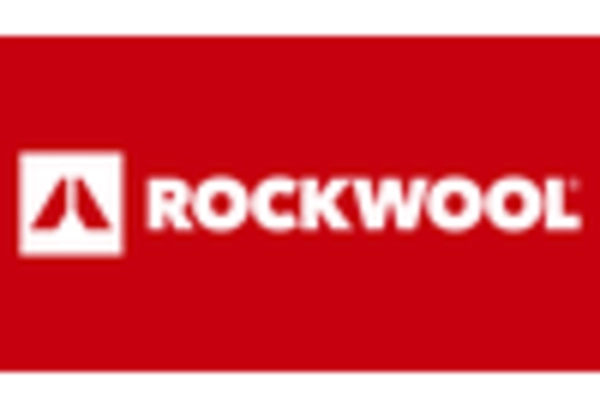









Leave a Comment